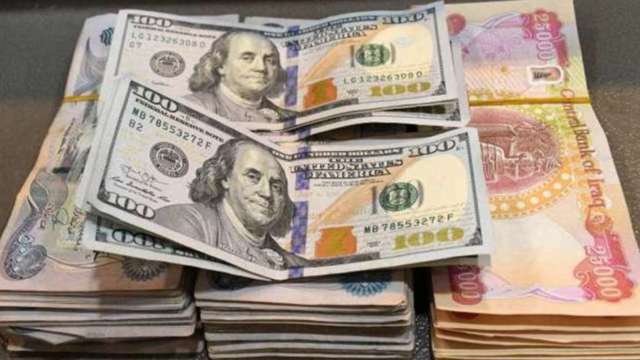US dollar indexAfter two consecutive days of weakness, Tuesday (4th) dropped to a two-week low.EUR、GBPStrong rebound. Australian central bank (RBA) hikes interest rates less than expectedAUDStrong depreciation, but the depreciation trend is slightly converging in late trading.
ICE, which follows the dollar against the six major currencies, is lagging behind in New York US dollar index (DXY) fell 1.38% to 110.20, a two-week low. In the last two days,DXY It fell by around 1.8%.
Economic data showed US job vacancies fell by more than 1 million in August, the largest monthly drop since the early days of the outbreak and the latest signs of economic weakness fueled investor expectations that the Federal Reserve will slow the pace of interest rate hikes.
Corpay’s chief market strategist Karl Schamotta said, “The decline in job openings has been much larger than expected, and is what we would expect if the Fed tightening path comes to an end.”
Expectations of aggressive rate hikes pushed US bond yields to skyrocket after the Fed held its rate meeting last month, however, as investors assess the prospect of a change in central bank policy.10-Year US Treasury YieldYesterday (3rd) it fell to a low of over a week.Today (4th), although job vacancy data continued to decline, rose slightly in late trading and reported 3.653% before maturity.
Some strategists believe the dollar and yields reflect market participants ‘views on the outlook for interest rates, with investors hoping that recent economic growth concerns will dampen the Fed and other central banks’ aggression in fighting inflation. .
“We are seeing a decline in overall financial market rate expectations as the RBA unexpectedly raises rates less than expected,” Schamotta said. “It is having a kind of warning effect for global market participants that people are lowering expectations for the Fed and other central banks, which forces people to get out of the dollar and take on more risk-sensitive assets.
When the dollar fell,EURStrong rebound of 1.67% to $ 0.9985,GBPIt also rose 1.4% to $ 1.1474, after hitting an all-time low on September 26.GBPAgainst the dollar it rose for 6 consecutive sessions.
The UK government bond market has now calmed down after turbulent fiscal policyGBPHe breathed a sigh of relief. The Bank of England reiterated its willingness to buy bonds earlier this week and the UK Office of Management, which oversees bond markets, also stressed that markets are resilient.
AUDAgainst the greenback, it fell 0.22% to $ 0.6498 after the RBA unexpectedly raised rates by just one notch.AUDIn response to the depreciation, the market initially expected interest rates to rise by 2 yards. However, amid the widespread sell-off of the US dollar,AUDDepreciation is buffered.
Investors are also paying close attentionRMBexchange rate, offshoreRMBAgainst the dollar, up 0.96% to 7.0308 RMBthe highest since 21 September.
JPYIt also rose 0.3% to 144.12 against the dollar JPYcontinues to stay below 145.JPYYesterday it fell below 145 in intraday trading, the first time since the Japanese authorities intervened on the foreign exchange market on the 22nd of last month.
Starting Wednesday (5th) Taiwan Time around 6:00 am Price:
- US dollar indexReported as of 110.1955. -1.3366%
- EURExchange rate against the US dollar (EUR / USD) at 1 EURAgainst $ 0.9983. + 1.6702%
- GBPExchange rate against the US dollar (GBP / USD) at 1 GBPAgainst $ 1.1473. + 1.3695%
- AUDExchange rate against the US dollar (AUD / USD) at 1 AUDAgainst 0.6501 yuan. -0.2149%
- dollar againstCanadian dollars (USD / CAD) exchange rate at 1.3507 US dollar Canadian dollars。-0.8369%
- dollar againstJPY (USD / JPY) exchange rate at USD 144.17 JPY。-0.2905%


